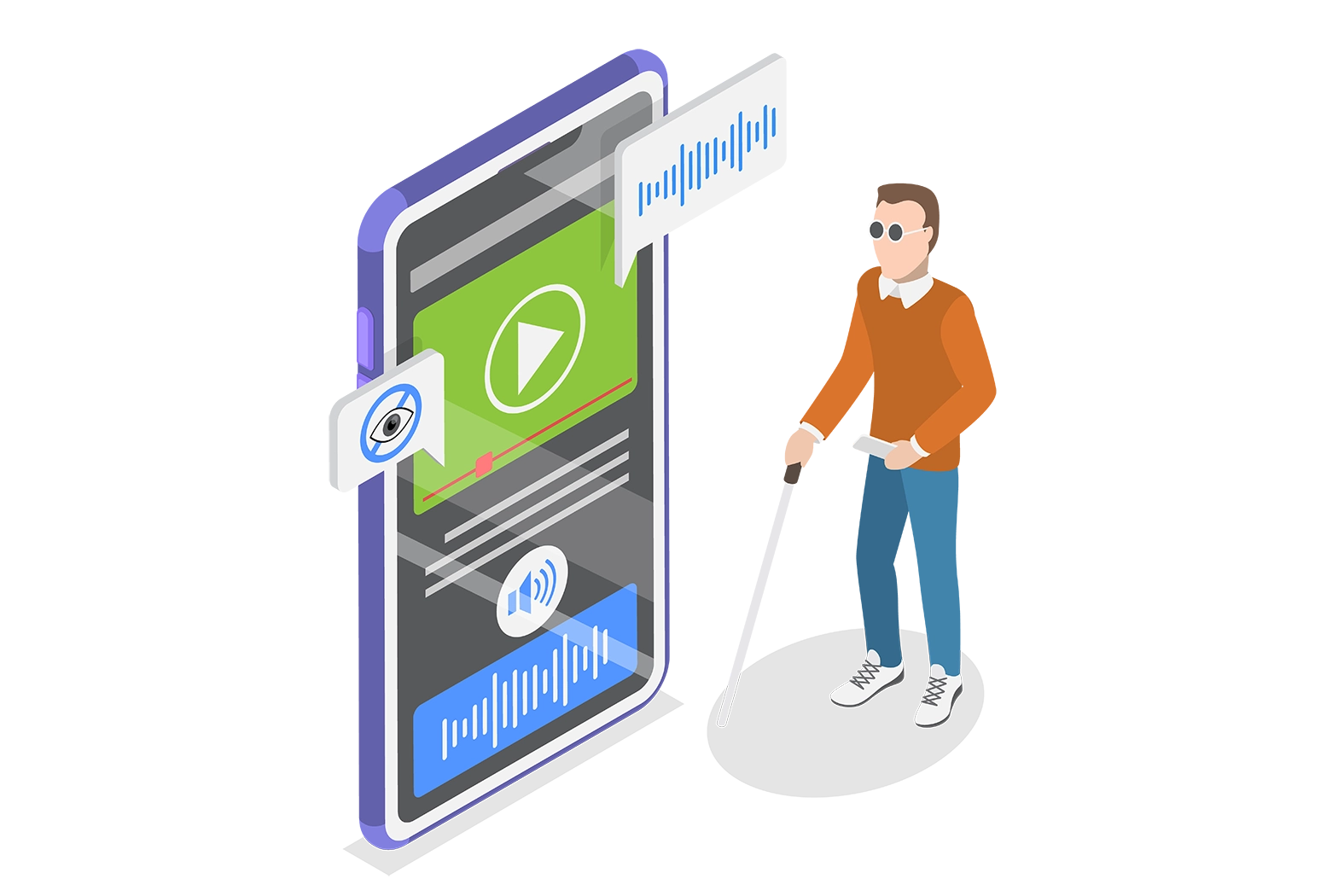In today’s increasingly digital world, accessibility in design is more important than ever. For those who are blind or visually impaired, navigating websites, apps, and physical spaces can present significant challenges. However, thoughtful design can make these environments more inclusive and usable.

Understanding the Need
Approximately 285 million people worldwide are visually impaired, with 39 million being completely blind. Traditional design often focuses on visual elements—colours, fonts, and layouts—without considering how people who rely on other senses interact with these environments. To bridge this gap, designers need to prioritize accessibility from the start.
Principles of Accessible Design
- Text Alternatives: Providing text alternatives for non-text content, such as images and videos, is crucial. This allows screen readers to convey the information to users who cannot see the content.
- Keyboard Navigation: Many blind users rely on keyboard navigation rather than a mouse. Ensuring that all interactive elements are accessible via keyboard is essential for a seamless experience.
- Audio Descriptions: Audio descriptions provide spoken explanations of visual elements for multimedia content. This can include describing scenes in videos or explaining visual data in infographics.
- Clear and Consistent Layouts: Logical and predictable layouts help users understand and navigate content more easily. Consistent headings, labels, and navigation paths make it easier for screen readers to convey information accurately.
- Colour and Contrast: While colour is an important design element, relying solely on colour to convey information can be problematic. Use text labels and patterns in addition to colour to ensure that content is accessible to those who are colorblind or blind.
- Voice Control: Integrating voice control options allows users to interact with technology through spoken commands. This can be particularly useful for users with limited hand use.

The Impact of Accessible Design
Accessible design not only benefits those who are blind or visually impaired but also improves usability for everyone. Features like clear navigation and text alternatives can enhance the overall user experience. By considering accessibility from the beginning, designers create more inclusive environments that enable all users to interact with technology and spaces effectively.
The Future of Accessible Design
As technology advances, the potential for creating even more inclusive designs grows. Innovations like AI-driven audio descriptions, improved haptic feedback, and advanced voice recognition offer exciting possibilities for enhancing accessibility. Designers must stay informed about these advancements and continue to prioritize accessibility in their work.
In conclusion, making design accessible to blind individuals requires a combination of empathy, innovation, and adherence to best practices. By embracing these principles, designers can contribute to a more inclusive world where everyone has equal access to information and experiences.


